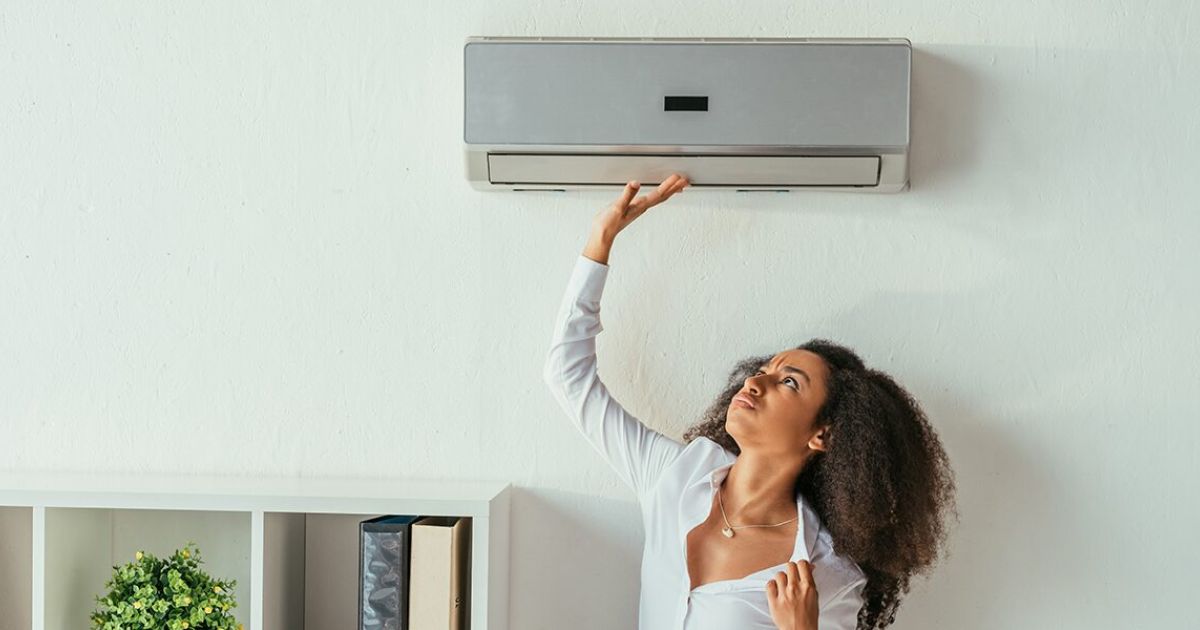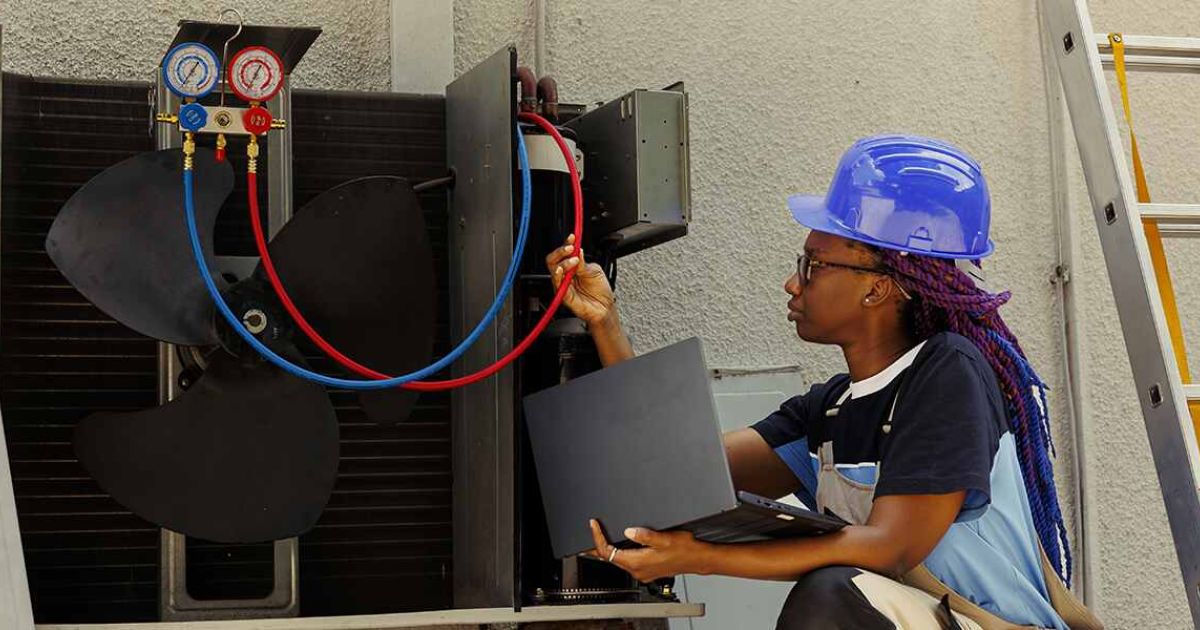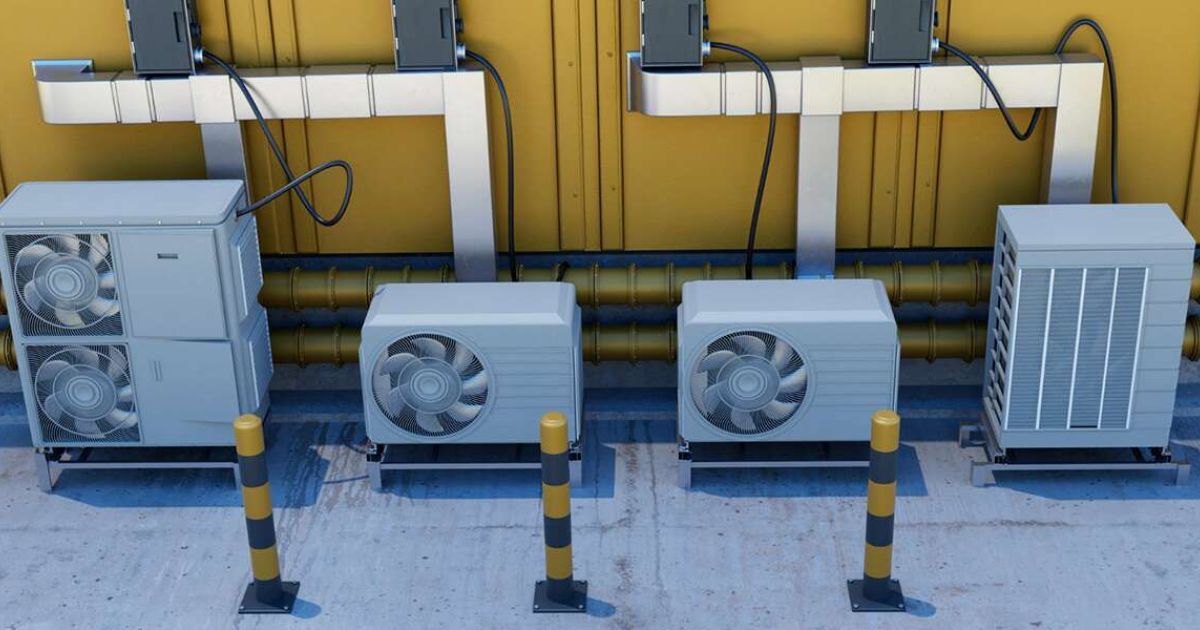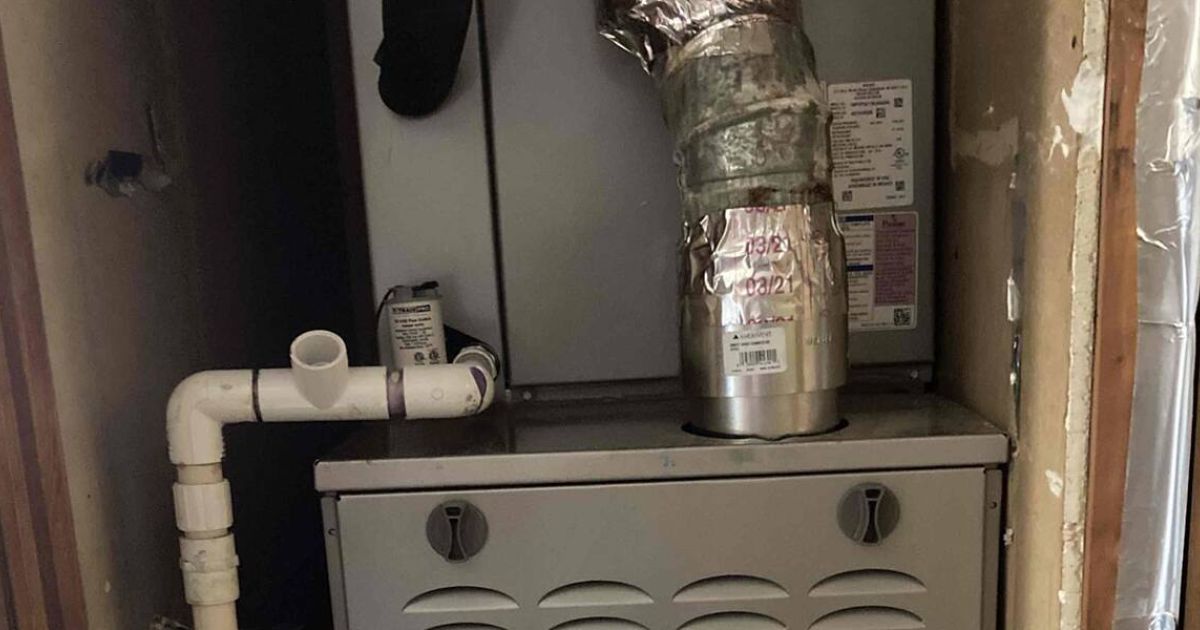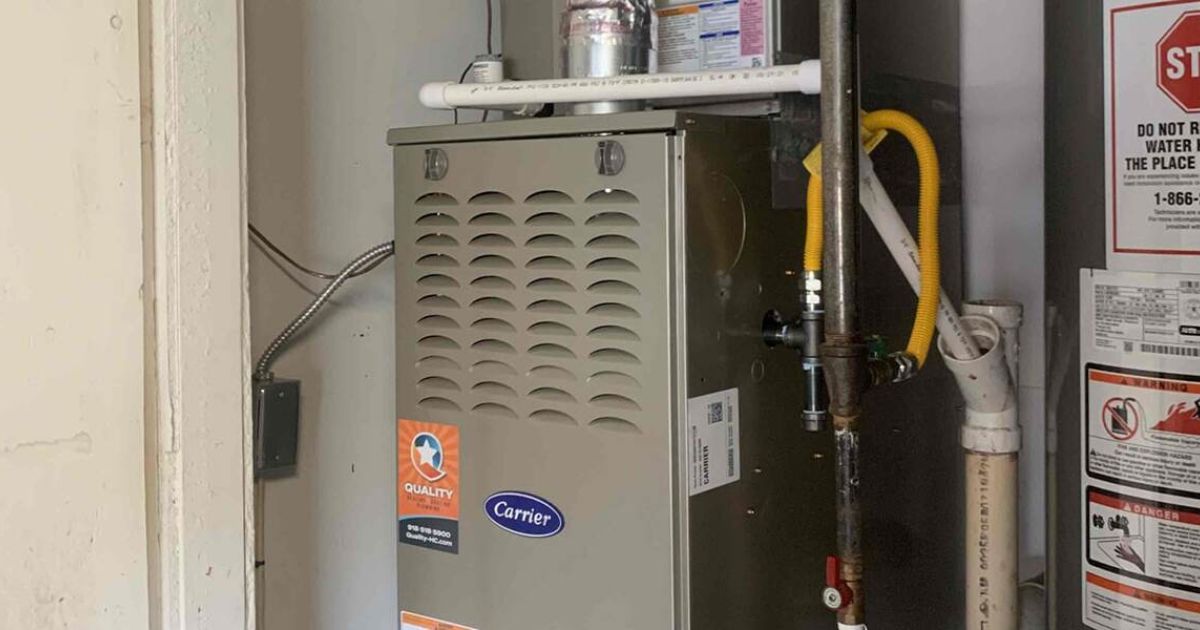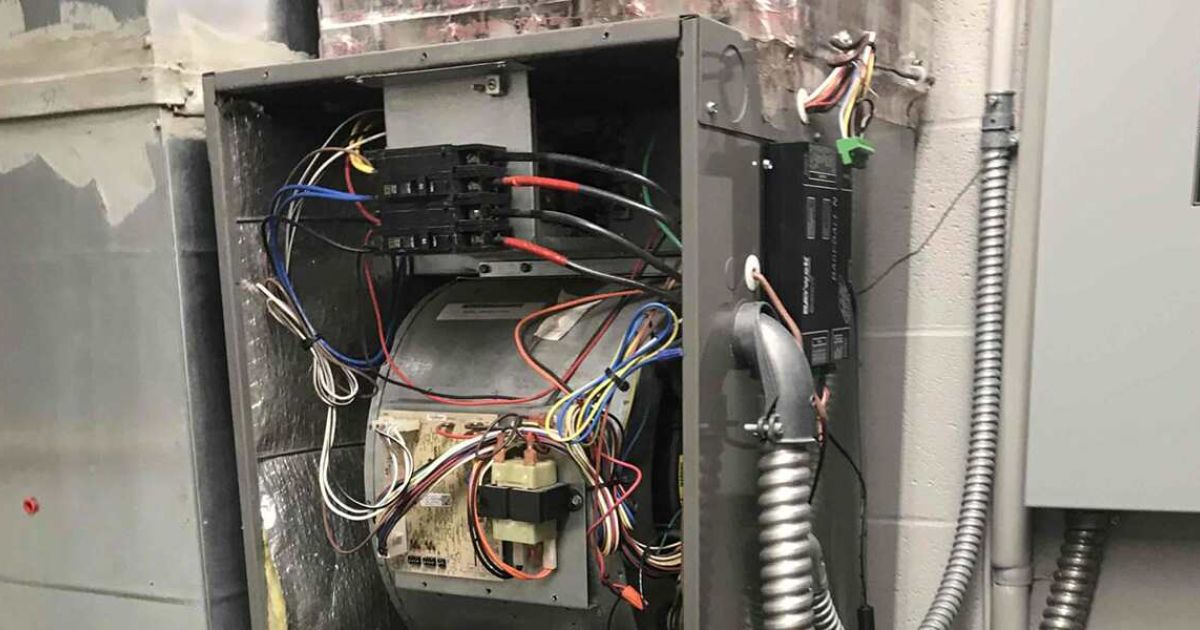What Should a Furnace Humidifier Be Set at in Winter?

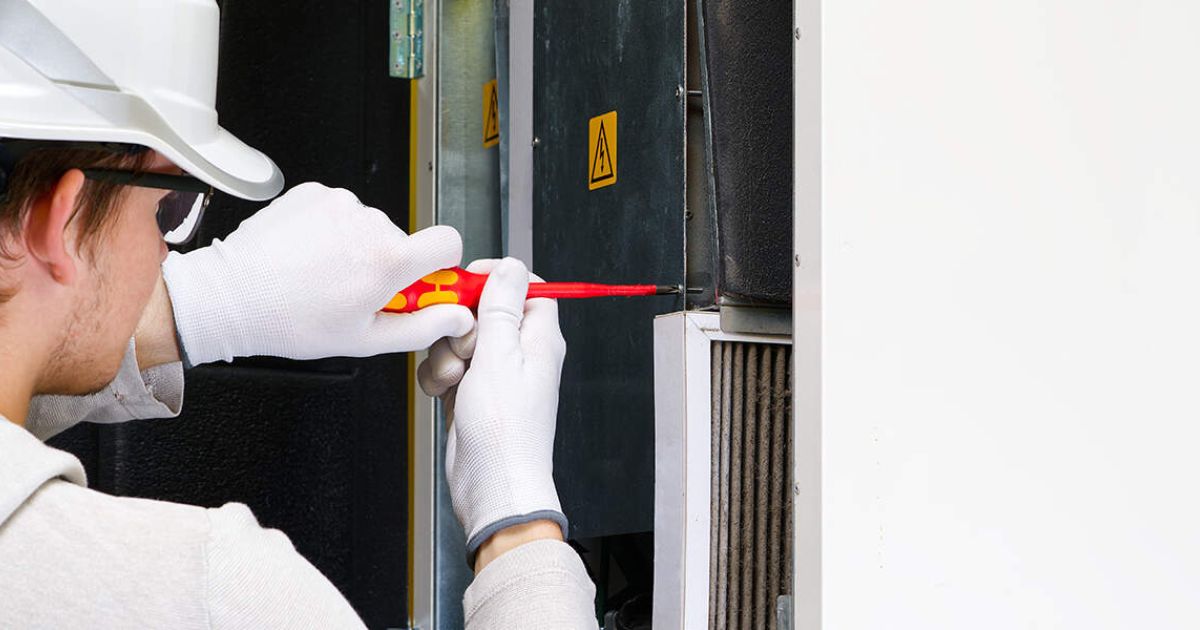
Let Quality Heating, Cooling & Plumbing take care of your heating, air conditioning, and ventilation needs in Tulsa. Call today for more details!
A common problem for many homes in the winter is dry indoor air. Raising the furnace humidifier is a great way to add more moisture to your house as warm air circulates through it. Still, you might ask yourself, “What should a furnace humidifier be set at in winter?”
At Quality Heating, Cooling & Plumbing, our skilled technicians are well-versed in all things relating to heating and cooling in Tulsa, Oklahoma. Below, we share the correct winter setting for your furnace humidifier and why this setting is necessary.

What You Should Know About Relative Humidity
It helps to know about relative humidity to fully understand why your home needs to maintain a specific humidity level, even in the winter when the air is usually dry. Relative humidity refers to how much water vapor a house can hold before condensation forms. For example, if your home has a 40-percent relative humidity level, the air only holds 40 percent of the moisture it could contain.
Temperature fluctuations influence relative humidity. Chilled air has less humidity than warm air, so you can expect your home’s humidity level to decrease as temperatures drop outside.
Why Too Much Humidity Is Bad for Your House
House humidifiers add moisture to the air indoors. Even if dry air is too uncomfortable for you, indoor air with too much water vapor isn’t good.
If the air inside your house contains too much moisture while the temperatures outside are at or below freezing, the vapor can turn into condensation around your walls and windows. Depending on the temperatures inside and outside your house, the condensation can remain a liquid or turn into ice. Either way, the risk of water damage and mold growth is substantially higher in a home with too much humidity than in a drier residence.
On the other hand, you don’t want to leave your house with dry air all winter. Dry indoor air can lead to:
- Itchy eyes
- Throat irritation
- Dry skin
- Sinus irritation
- Increased risk of respiratory infections
Finding the balance between dry and moist air will make your home more comfortable.
The Ideal Humidity for Your House During the Winter
The best thing to do to make your home comfortable without risking mold and water damage due to high humidity levels is to adjust your furnace humidifier. However, if you’re wondering, “What should a furnace humidifier be set at in winter?” you’re not alone.
According to the Environmental Protection Agency, optimal indoor humidity levels are between 30 and 60 percent. You can achieve this humidity level by taking note of the temperature outside and making the appropriate adjustments.
If the temperature outside is between 20 and 40 degrees, keep your home’s humidity level around 40 percent. If temperatures drop to between ten and 20 degrees, adjust the furnace humidifier for a 25-percent to 30-percent indoor humidity level.
In general terms, you should match your furnace humidifier’s settings to the temperature outside. If the temperatures drop, so should your humidity setting.
You can also set your furnace humidifier between 30 and 50 percent and adjust the humidity once you notice condensation building up inside your windows. Indoor condensation around windows and sills is a clear indicator that the house’s humidity levels are off in relation to the temperature outside.
Reasons To Maintain Proper Humidity Levels During Winter
You might not give much thought to your home’s humidity level, but you should. Regulating humidity as you regulate indoor temperatures can benefit you in more ways than one.
Money Savings
Most of the energy your home consumes in the winter likely comes from the furnace. The extra energy consumption translates to higher monthly utility bills. However, you can maintain the same level of warmth and comfort you desire and save money on energy by adjusting the furnace humidifier.
When your home reaches the right humidity level in the winter, the air will automatically feel warmer. That means you can turn the thermostat down by a couple of degrees and raise the humidifier without negatively impacting your house’s warmth and coziness. Any time you drop the temperature on the thermostat in the winter, you’ll consume less energy and increase your monthly savings, even if it’s only a degree or two.
Health Improvement
The biggest advantage of knowing what to set your furnace humidifier at is a healthy environment. Many types of viruses and bacteria spread more easily in low-humidity conditions. Raising your indoor humidity levels appropriately according to the temperature outside can make it harder to transmit illnesses around your household.
For example, a humidity level above 40 percent gives the flu virus a 14-percent survival rate. In comparison, a 23-percent humidity level leaves about 75 percent of the virus particles alive, increasing the risk of an infection.
Mold is another health concern when it comes to humidity. If your indoor humidity levels are too high in relation to the temperatures outdoors, the water vapor can create mold on walls, floors, ceilings, and other surfaces. Breathing in mold spores can trigger allergy-like symptoms or cause respiratory illnesses.
Property Protection
Water around porous materials can be problematic, but dry air can also be damaging. Wood floors and furniture can warp due to excess moisture or dry air. However, you can protect your home and belongings by maintaining the appropriate humidity level in your house throughout the winter.
Stay Warm and Cozy This Winter With Help From Our HVAC Professionals
If you still need help understanding “What should a furnace humidifier be set at in winter,” Quality Heating, Cooling & Plumbing can help. Our locally owned and operated business offers comprehensive HVAC services in Tulsa, Oklahoma, from heating maintenance to air conditioning repair. We have years of experience and value our customers, so we respond quickly to service requests.
Call (918) 393-4204 to request an appointment with us.

Cassie Pound is the Vice President of Quality Heating, Cooling, Plumbing & Electric with locations in Tulsa, Glenpool, and Bartlesville, Oklahoma.

